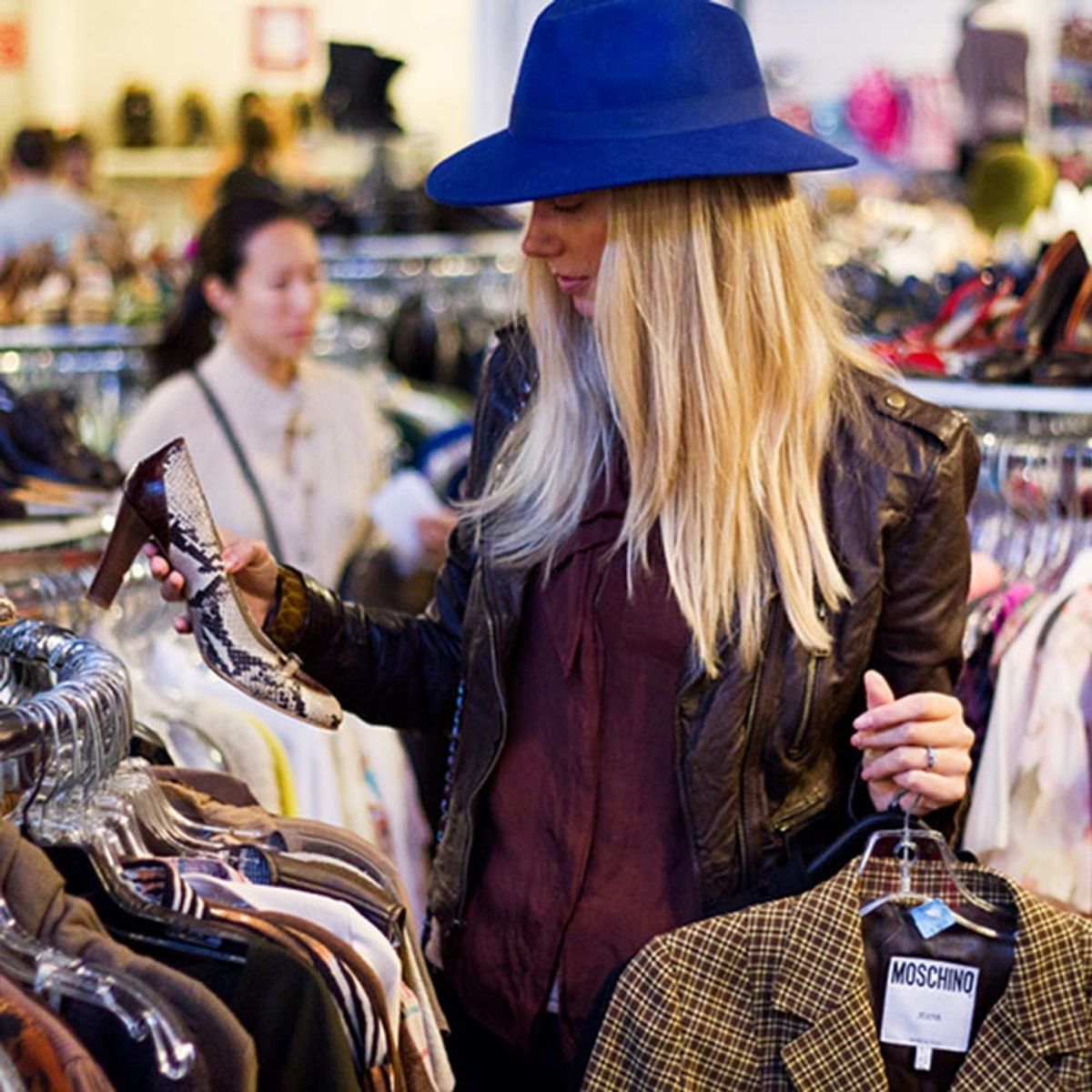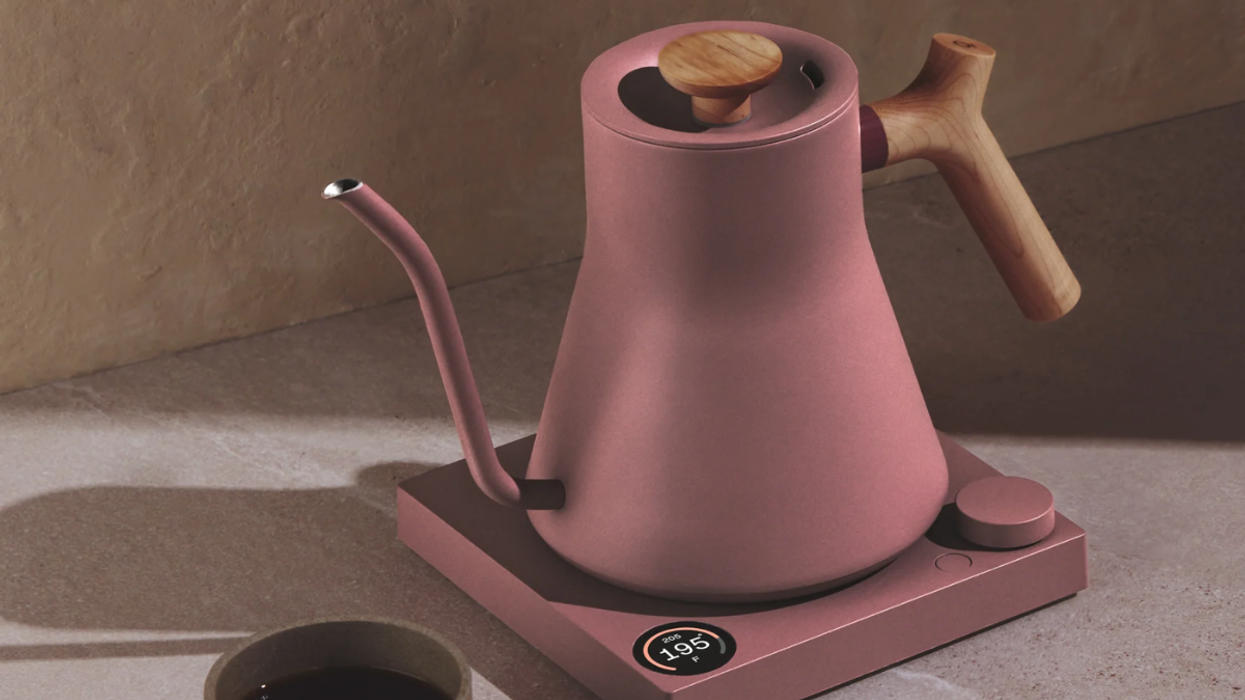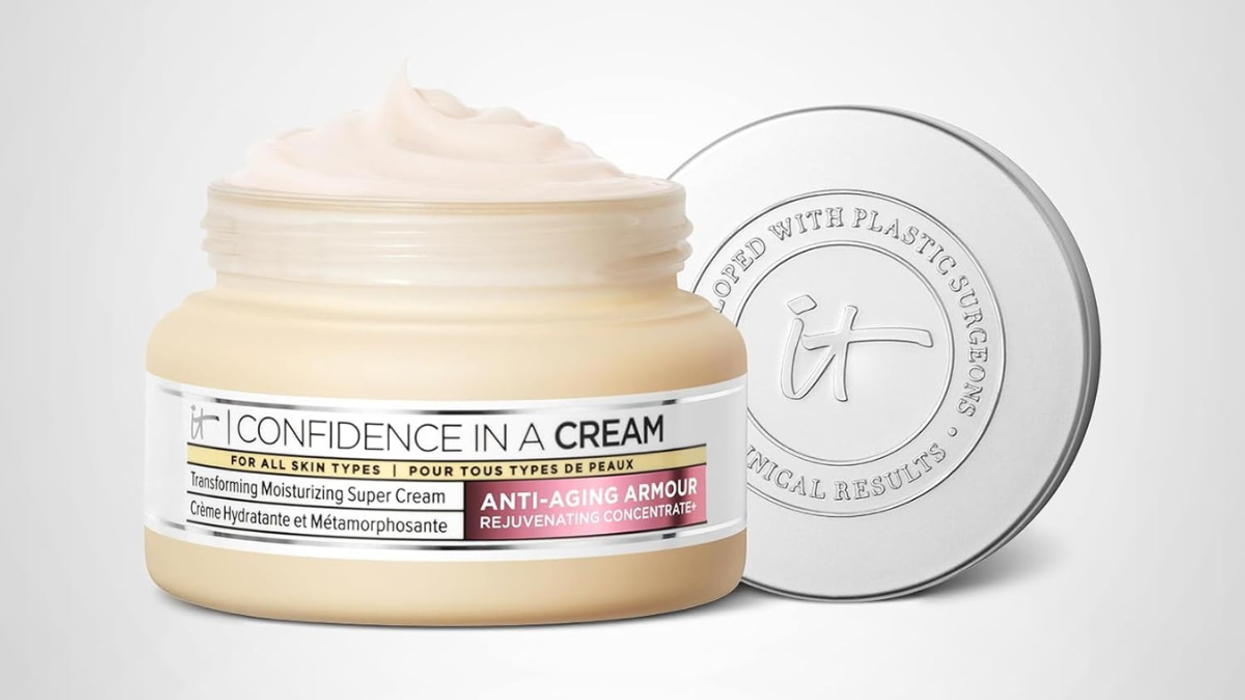Curate a covetable throwback closet with these simple tips.
Vintage Shopping 101: Tips Every Vintage-Lovin’ Gal Should Know

With so many of us relying on big box stores and global brands to stock our closets, sometimes it can be hard to develop a personal style that really allows you to stand out from the rest. But here’s where vintage shopping comes in to save the day. No matter what your style, a few carefully curated vintage pieces can do wonders for your wardrobe — not to mention these duds tend to be better in quality too. Navigating the vintage fashion world can be a little intimidating at first, but with these tips you’ll be ready to hit the shops with confidence.
1. Pick a focus. Before you run out and start stocking up on everything from ’70s flares to tea dresses from the ’50s, take a step back and reflect. Think about what you’re most interested in. Is there a certain decade you dig? A designer you love? Or specific types pieces you want to scoop up? Focusing your scope when you’re starting out makes it easier to find really great pieces, since you’re less likely to be overwhelmed by everything in the store. It will help to develop your wardrobe’s identity and create a signature look. (Photos via Gordon Parks/Life Archive, Evening Standard Hulton Archive/Getty)
2. Complement your style. If you would describe your style as minimalist chic, a bright patterned dress from the ’40s or ’50s is going to feel totally random and maybe even a little costume-y. Opt for pieces that work with your personal style and can easily be integrated into what you already own. Not only will you feel more confident wearing it, but you also won’t have to run out and buy 10 more things to wear with it. (Photo via Steffy’s Pros and Cons)
3. Know the difference between thrift and vintage. Thrift and vintage are NOT the same thing. A thrift shop sells used clothing (and other things) that have been donated. Prices are affordable and the styles can be somewhat questionable, but you can still find plenty of gems here — you’ll have to look a little bit harder.
Vintage shops are a slightly different story. The inventory is highly curated and the clothes are purchased by the shop from a variety of sources to resell. The items you’ll find in a vintage store tend to be better quality and a good shop will take the time to have the garments cleaned and refurbished before putting them out on the floor. This is where you can find designer labels — and higher prices. (Photo via Youtube)
4. Seek out reputable shops. Finding a good shop is HUGE. Good shopkeepers should know their inventory inside and out and can be a valuable resource when it comes to tracking down era-specific duds, certain designers or specific sizes and styles. So don’t be afraid to ask questions! We recommend switching up the days of the week that you hit the shops too, just so you can get an idea of when new stock comes in and up your chances of scoring a seriously cool find. There are also tons of online boutiques where you can find a plethora of vintage treasures. Vestaire Collective, 1stDibs, ASOS Marketplace, Ritual Vintage and House of Liza are just a few of the reputable sources where you can get the real deal. (Photo via Melting Butter)
5. Clean out your attic. There could be a sartorial goldmine just waiting to be discovered in boxes packed away in the attic or sitting in the back of your parents’ closet. Ask the fam if they have any pre-’90s apparel hanging around (this is totes how all those fabulous Frenchies end up with vintage Chanel and Givenchy, btw). You might be surprised what you’ll find. You could uncover a drop-dead gorgeous bag or a few amazing baubles that won’t just look awesome, but will have some sentimental value too. (Photo via Youtube)
6. Go for quality, not quantity. Buying 10 pieces of vintage that you’ll never wear is about as useful as stocking up on new trendy pieces that will never see the light of day once they hit your dresser drawers. Don’t bother buying anything you don’t totally love, even if it will only set you back a few bucks. Save that cash for something that you just can’t live without — like those show-stopping pieces that will add some major personality to your wardrobe. (Photo via Guest of a Guest)
7. Know your measurements. Sizes have changed a lot over the years, so there’s no need to freak when you can barely get a dress in your regular size over your head. The best way to find a modern fit is to look for clothing labeled about one to two sizes up from your actual size. So if you wear a 6, look for an 8 or a 10. And before you buy anything, make sure it really does fit. Older materials don’t stretch the way modern ones do, so to avoid any wardrobe malfunctions, make sure there’s enough room to move around comfortably. (Photo via Refined Style Fashion)
8. Check for quality, wear and tear. Like anything you buy, you want it to last. Thoroughly check each garment for wear or damage before you take it home. Test out any zippers to see if they work and don’t forget to give each piece a sniff test. To make sure you actually wear what you buy, avoid anything that is too fragile to stand up to everyday wear or requires major reconstructive surgery before it can be worn. When it comes to shoes, don’t forget to check the heels for damage or cracks along the leather, which could lead to breakage. Keep your eyes peeled for details like silk lining, hand-sewn pieces, flat lining, covered buttons and boned bodices, all of which are signs of high-quality construction. (Photo via eHow)
9. Ease into it. When you’re just starting out, stick with classic, timeless pieces you know you’ll wear again and again. Once you get more comfortable, start branching out and sprinkling in a few edgier items to spice things up. Hold off on any investment buys until you’ve done some serious research, and if possible, work with a dealer to hunt down an authentic piece. (Photo via Confetti Avenue)
10. It’s OK to be impulsive. Good pieces go quickly, so if you come across something amazing, snag it. With so few pieces on the market, the chances of coming across the same thing twice are pretty rare. If you take it home and have buyer’s regret, you can always take it back, resell it or donate it. (Photo via Popsugar)
11. Take care. First and foremost, stick to buying garments that can be safely or easily cleaned. Once you get your new stylish duds home, hang them on padded hangers and store them in a cool, dark place, away from pets and any sources of dampness that could damage the material. Never store them in plastic — opt instead for acid-free tissue paper. And after every wear, allow the piece to air out or have it cleaned before storing again. (Photo via V and Oak)
Do you incorporate vintage pieces into your wardrobe? What are your best shopping tips? Tell us in the comments!

















